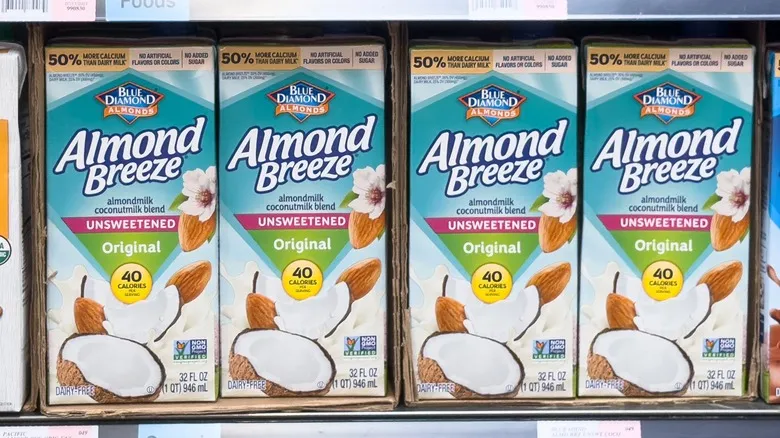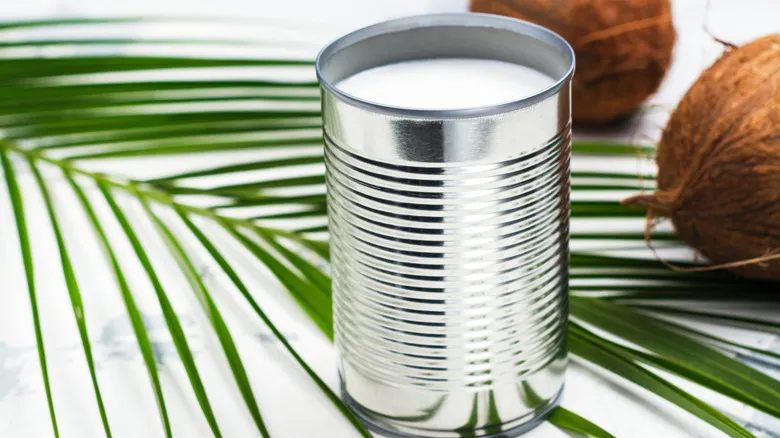Meld components with the richness off canned coconut milk

The primary benefit of canned coconut milk lies in its fat content. Creamy and dense, it serves as the ideal ingredient for thickening curries, stews, soups, and more. This rich texture helps to blend a variety of flavors across different cuisines. In Southeast Asian cooking, it acts as a base for aromatic panang curry (which can be creatively transformed into a panang tomato bisque) or adds depth to a bowl of laksa. In South Asian dishes, it thickens legume-based dal or is used to marinate and simmer fish for Meen Kulambu. In the Caribbean, it enhances the richness and flavor of rice and peas or provides body to Moqueca, a Brazilian seafood stew. Its versatility is impressive, with its creamy consistency tying various dishes together.
Simmering is a particularly popular method: slow cooking helps prevent burning and allows flavors to meld beautifully. However, canned coconut milk can also be used in raw recipes, such as cheesecake, where chilling is employed for thickening. Regardless of the method, opting for the full-fat version is recommended for the best richness.
Keep in mind that for brands with fewer preservatives, canned coconut milk may separate, with the cream rising to the top. You can use this cream for specific purposes or simply shake the can before use. Also, be aware that coconut milk has a shelf life and can spoil after a few years. Always check the expiration date before starting any recipe.
Boxed coconut milk is a dairy substitute

Boxed coconut milk is a distinct product — its fat content is significantly lowered by the addition of water, and flavorings are added to create a pleasing taste. Unlike the traditional ingredient used for making curry, this version is designed as an alternative milk. Consequently, vitamins and minerals are included to replicate the health benefits of dairy. So, when you encounter the boxed variety, think of it as you would a regular milk carton. If you find coconut milk in the fridge in any container, it’s another indication that it’s meant for drinking enjoyment.
Typically, this type of coconut milk is used in ways similar to cow's milk. It serves as a fantastic liquid base for smoothies, coconut-flavored lemonade, or even iced coconut coffee. Alternatively, you can freeze it to make a refreshing shaved ice treat. For a quick and easy option, use it to prepare a bowl of cereal. Additionally, some baking recipes prefer the milder flavor and thinner consistency, especially when combined with other coconut products.
You can easily replicate the boxed version using canned coconut milk by diluting the richer variant with water and possibly adding some sugar for sweetness. However, reversing the process is more challenging; it’s generally best to buy canned coconut milk for greater versatility.
Recommended

What's The Best Temperature To Cook Lasagna At, Really?

The 6 Best Substitutes For Turmeric

Julienne Vs Baton Knife Cuts: What's The Difference?

The Bread To Use For An Elevated Hot Dog Experience
Next up

